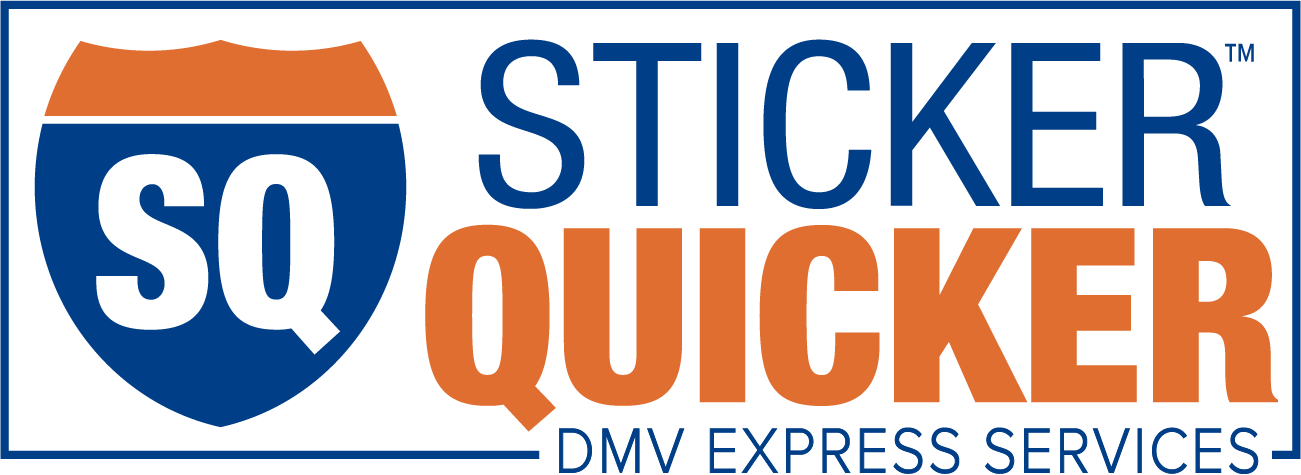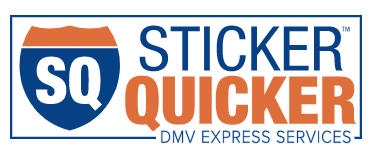Today, we will discuss California motorcycle licenses and the criteria to obtain one. In order to get your motorcycle license, you need to know all of the necessary steps to take to get you there. Keep reading and learn about California’s motorcycle license criteria.
- For legal motorcycle operations in California, a valid motorcycle DL is a must. Two license classes exist M1 (for all two-wheeled motorcycles and Class M2 vehicles) and M2 (for motorized bicycles, mopeds, and bikes with attached motors). These classes enhance operator awareness and safety compliance.
- For individuals below 21 years of age, an essential step before applying for a motorcycle DL is obtaining a motorcycle instruction permit. This permit must be held for at least six months, allowing aspiring motorcycle operators to gradually gain experience and familiarity with operating such vehicles.
- After meeting the six-month permit requirement, applicants visit a DMV office to start the application. Key steps involve submitting the permit to show compliance, providing driver education proof (if no valid CA DL), and possibly a Motorcycle Training Certificate (DL 389) for skills exemption. REAL ID applicants provide identity, SSN, and residency proofs.
- Following the fulfillment of these requirements, a temporary motorcycle DL is granted while the permanent one is processed and mailed. The temporary license holds validity for 60 days. In the case that the new driver’s license isn’t received within this period, applicants can check the status through the Driver’s License & ID Card Status portal.
- Those aged 21 or above don’t need an instruction permit before applying for a motorcycle DL. They have two choices: successfully completing a California Motorcyclist Safety Program training course approved by the California Highway Patrol (CHP) or passing a motorcycle driving test at a DMV office.
To learn more about California’s motorcycle license criteria, read more.






